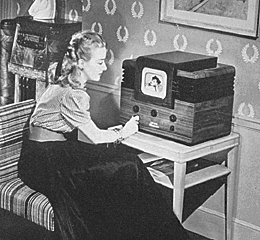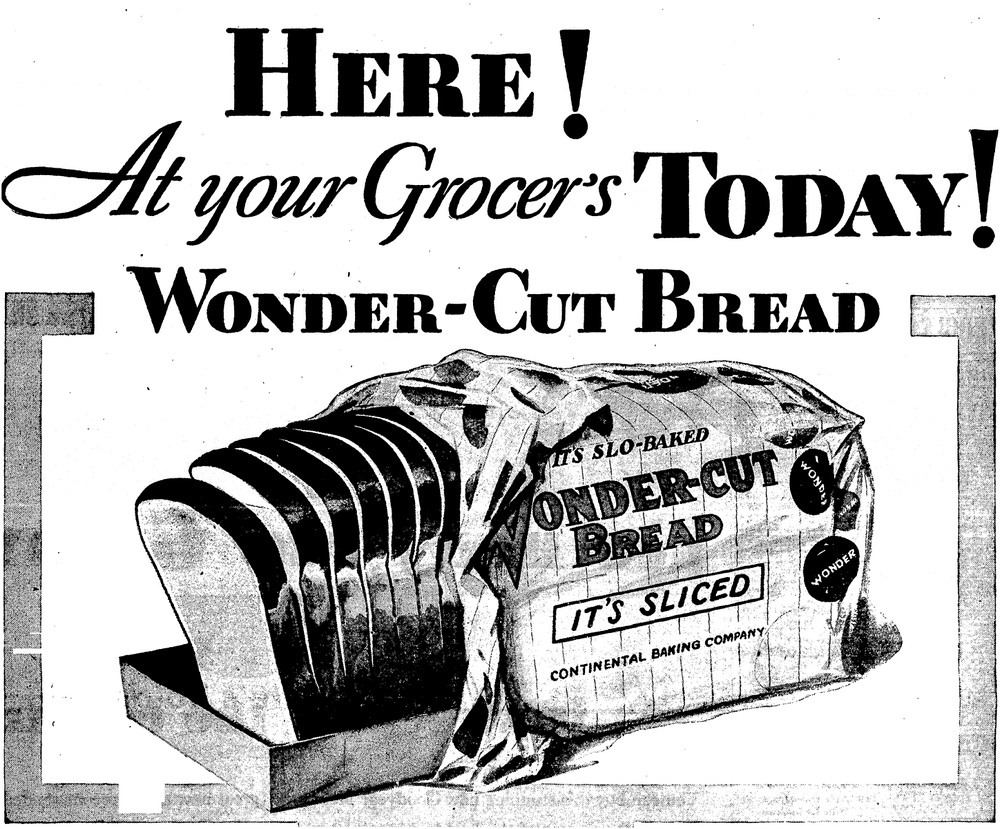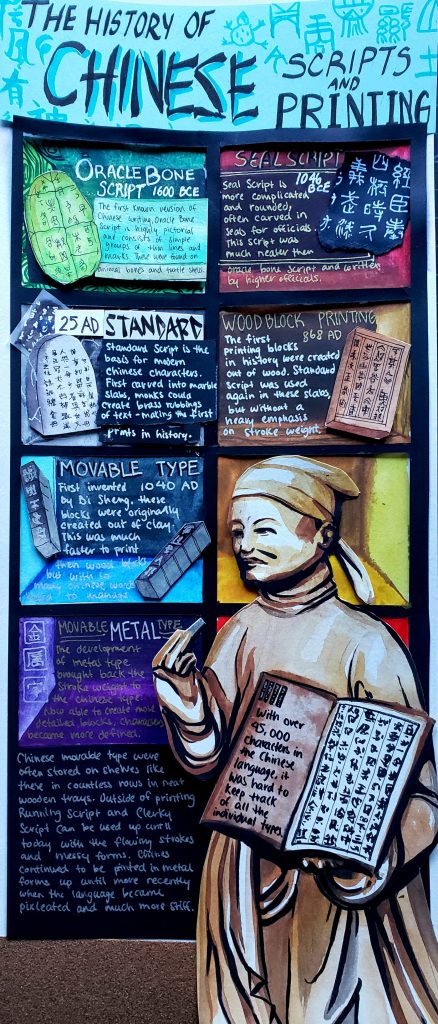Vladimir Kush
(The David Hockney Blog post fit better as the 5th blog post so I am making up for the 4th blog post here.)
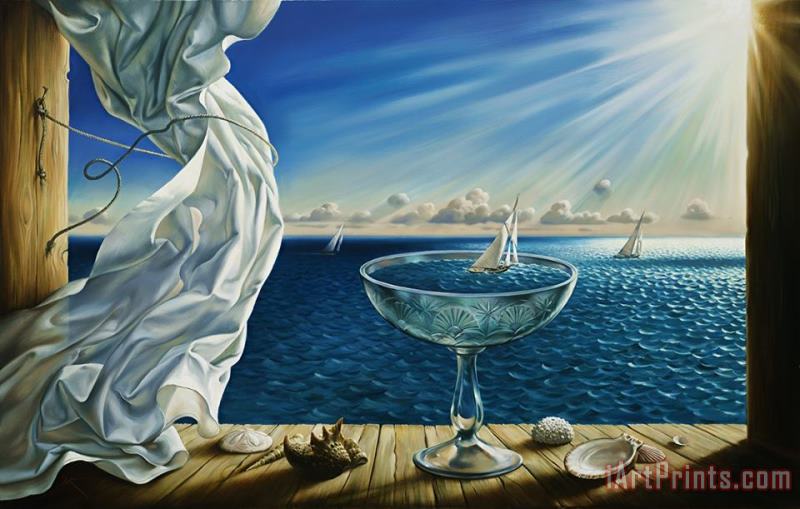
While I am not certain if I am allowed to do my blog post on this Artist, Vladimir Kush is an extremely witty and talented surrealism artist of our time. Born in Moscow, Russia 1965, at the near end of the Surrealism movement, Kush studied at the Surikov Moscow Art Institute and later immigrated to the United States where he made a name for himself. His work is most known today for their playful and creative juxtapositions of nature and man made items, calming scenes and elegant compositions. I particularly admire his work for the smooth and flawless application of paint and excellent rendering of natural elements such as water, smoke and clouds.

One of the pieces that caught my eye when doing research on this fantastical artist was his painting “Sunrise by the ocean” shown above. Many of Kush’s paintings feature beautiful renderings of sunshine or sunsets, more spectacular than found in any photographs. At first glance, it is easy to decipher a cracked egg with a shining egg yolk and the egg whites pooling out, but upon further inspection this is not an egg but the makings on a man made building and the setting sun. Not only is the painting nice to look at, but also leave the interpretation up to the viewer as to what Kush wanted to say. Is this a picture of mankind building up to cage the sun? Or has the sun broken free? Perhaps the link between the egg yolk and the sun speak to rebirth and life?
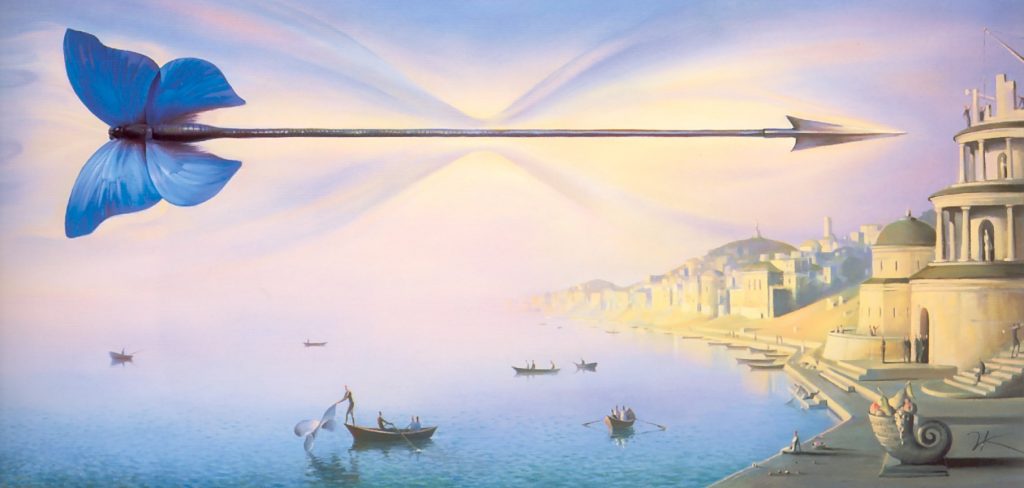
Kush draws on inspiration from the great surrealist master, Dali, in his paintings. Like Dali, the subject of the butterfly is often used in his works as a representation of transformation or metamorphosis. In comparison to Dali’s work, Kush’s pieces are much more representational and focus on recognizable objects as the subject of his paintings. This lighthearted and purely aesthetic qualities to his work help to make it that much more accessible to the public, allowing him to open up a studio in Hawaii later in his career.

Although Vladimir Kush is not as old as many of the other surrealist artists we studied, his work takes a mind blowing modern twist on the work of the past. I am very excited to have found an artist such as him and think his work is a great example of learning from the past masters and bringing them to the present by using different techniques or with different presentation. This blog post is much too short to display all of his spectacular works but I hope to share my discovery of this artist with others in the future.
(If this is not a suitable example of a surrealist artist, please let me know Jeff and I can redo/ make a new blog post to fit the requirements better. I just really, really enjoyed his work and wanted to share!)
Cites Used:
